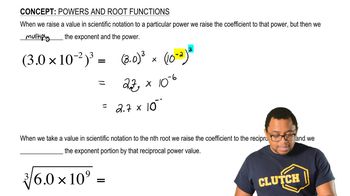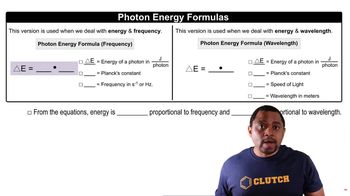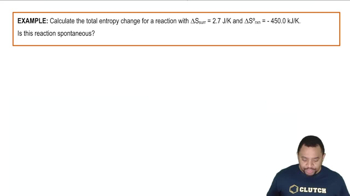Here are the essential concepts you must grasp in order to answer the question correctly.
Power and Energy
Power is defined as the rate at which energy is transferred or converted. In the context of the question, power is measured in watts (W), where 1 W equals 1 joule per second (J/s). Understanding this relationship is crucial for calculating the total energy output of the laser over a given time period, which is necessary to determine the number of photons emitted.
Recommended video:
Power and Root Functions Example
Photon Energy
The energy of a photon can be calculated using the equation E = hc/λ, where E is the energy, h is Planck's constant, c is the speed of light, and λ is the wavelength of the photon. In this case, the wavelength of the semiconductor laser is 780 nm. Knowing the energy of a single photon allows us to relate the total energy output of the laser to the number of photons emitted.
Recommended video:
Time and Total Energy Calculation
To find the total energy output of the laser over the duration of the CD playback, we multiply the power of the laser by the total time in seconds. For a CD that plays for 69 minutes, this involves converting minutes to seconds and then using the power level of 0.10 mW to calculate the total energy. This total energy can then be divided by the energy per photon to find the total number of photons emitted.
Recommended video:




